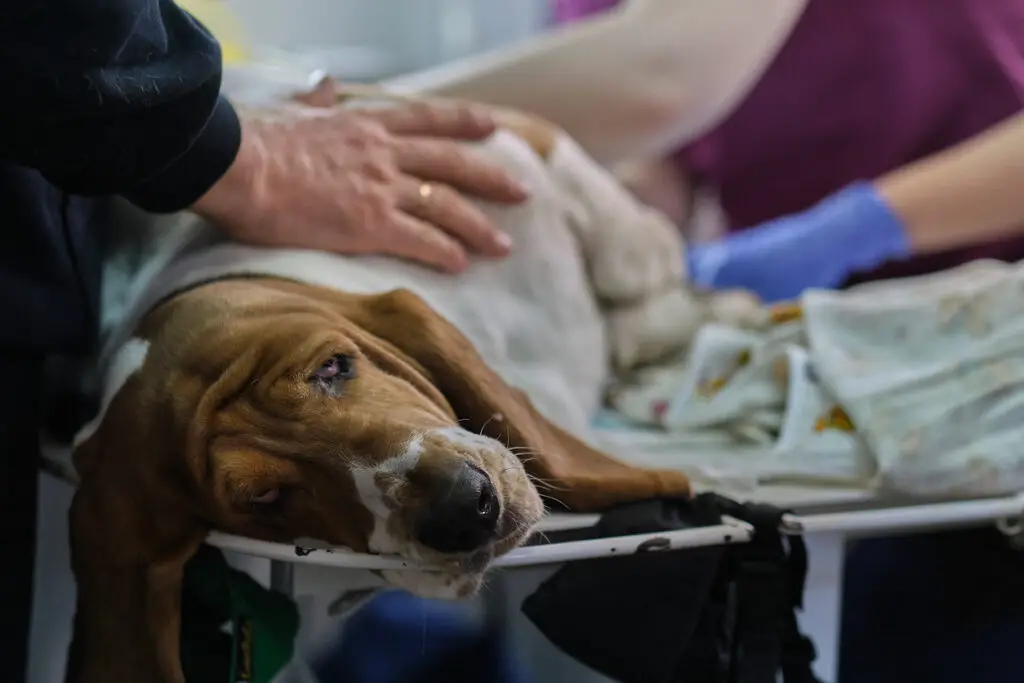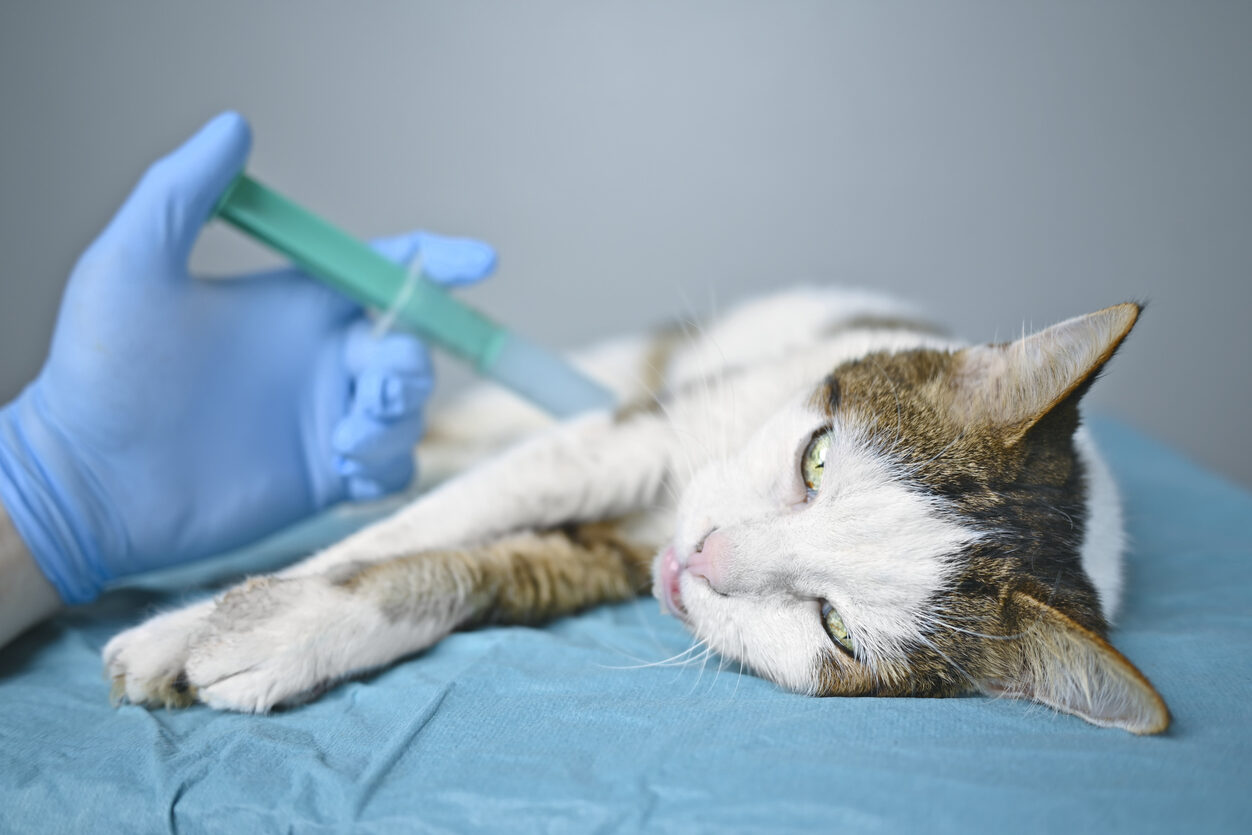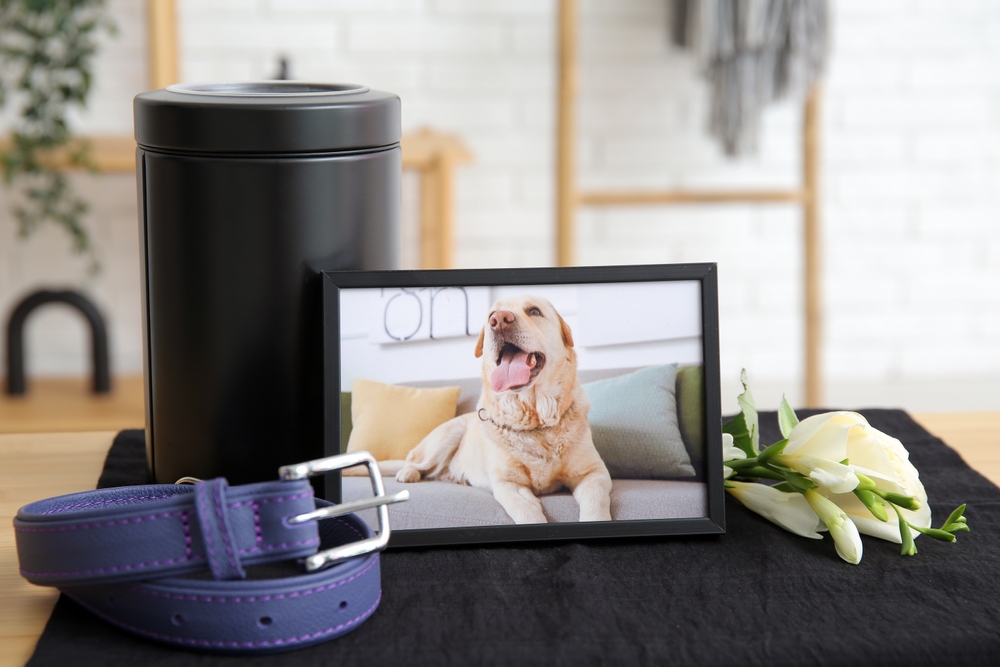1. Quality of Life: Are the Good Days Still Outweighing the Bad?

The most important question to ask is about your pet’s quality of life. Vets stress that focusing on well-being—not just prolonging life—is what matters most. Beyond medical diagnoses, think about how your pet feels each day. Are they still enjoying favorite activities? Do they greet you with enthusiasm, or seem withdrawn? Pay attention to the balance of “good days” and “bad days.” If bad days—marked by pain, discomfort, or disinterest—become the norm, it may signal their quality of life is fading.
Veterinarians often suggest keeping a simple journal or quality-of-life scale, tracking things like eating, playing, and interacting. Seeing patterns over time helps separate emotion from observation. Are they finding more joy than distress? When suffering overshadows the simple pleasures that once defined their happiness, letting go may be the kindest choice. This honest, loving assessment lies at the heart of responsible pet care.
Source: Good Dogs Bad Days
2. Unmanageable Pain and Untreatable Conditions

Pain is a powerful force, and protecting pets from suffering is a core responsibility. If a pet is in chronic pain that can’t be eased with treatment, veterinarians agree euthanasia should be considered as an act of compassion. When pain prevents them from eating, sleeping, moving, or enjoying life, and no relief is possible, their quality of life is deeply diminished.
The same is true for untreatable, progressive illnesses. While aggressive treatments might extend life, they can also bring stress and discomfort. Veterinary experts remind us that prolonging life at all costs isn’t always in the pet’s best interest. Sometimes, the most loving choice is to prevent further suffering and offer a peaceful, dignified passing—even when our hearts aren’t ready to let go.
Source: ToeGrips
3. Loss of Appetite, Hydration, and Basic Needs

One of the hardest signs for pet owners to witness is when their companion stops eating or drinking. Veterinarians emphasize that a persistent loss of appetite and refusal to drink often signal declining health, especially in older or ill pets. It’s not just pickiness—it’s a sign the body may be shutting down or the pet is too uncomfortable to eat. Without nutrition and hydration, health declines quickly, worsening suffering.
In addition, consider your pet’s ability to manage basic bodily functions. Incontinence, despite veterinary care, can lead to discomfort, infections, and distress for pets who instinctively want cleanliness. If a pet can no longer move, eat, or relieve themselves without constant assistance, their independence and dignity are compromised. These are critical factors in assessing their quality of life and making compassionate end-of-life decisions.
Source: Birmingham Animal Hospital
4. When the Spark Fades: Loss of Joy and Engagement

Beyond physical signs, veterinarians urge you to watch for emotional changes in your pet. A loss of their usual joy, engagement, or playful spirit can signal their quality of life is slipping. Think of what makes your pet them—the way they greet you, seek comfort, or light up at favorite activities. When those sparks fade or disappear, it reflects a profound inner shift.
This emotional withdrawal might show as a dog resisting walks they once loved or a cat hiding instead of playing. It’s not just a bad day—it’s a sustained change in their spirit. Recognizing this loss of joy is vital in understanding their well-being and knowing when it may be time to consider letting go.
Source: Lena Vogele
5. Understanding the Decision: When Is It Time?

Deciding when to say goodbye to a beloved pet is one of the most heart-wrenching choices a pet owner can face. It’s a moment filled with doubt, love, and an overwhelming sense of responsibility. The decision often comes down to assessing your pet’s quality of life—are they in pain, unable to enjoy their favorite activities, or struggling with basic functions like eating and moving?
Veterinarians often recommend using a Quality-of-Life Scale to help guide this decision, offering a compassionate framework to evaluate your pet’s well-being. It’s not about prolonging life at all costs but ensuring that their days are filled with comfort and dignity. [Learn more about assessing your pet’s quality of life.
Source: FoundAnimals.org
6. The Euthanasia Process: What to Expect

Euthanasia, derived from the Greek word meaning “good death,” is a procedure designed to provide a peaceful and painless end for pets who are suffering. The process is gentle and humane, often beginning with sedation to ensure your pet is calm and relaxed. The final injection, administered by a veterinarian, stops the heart within moments, allowing your pet to pass without pain.
Many clinics offer the option to be present during the procedure, giving you the chance to say goodbye in a way that feels right for you and your pet. Knowing what to expect can help ease some of the fear and uncertainty surrounding this difficult moment. [Learn more about the euthanasia process.
Source: Compassion Understood
7. The Emotional Journey: Coping with Grief

The loss of a pet is profound, a grief that echoes the depth of the bond you shared. It’s important to allow yourself to mourn, to honor the love and companionship they brought into your life. Some find comfort in creating a memorial, planting a tree, or keeping a small keepsake to remember their pet by.
Others may seek solace in support groups or counseling, spaces where they can share their feelings with those who understand the unique pain of losing a furry family member. Grief is not linear, and there’s no “right” way to heal—only the path that feels true to your heart.
Source: AVMA.org
8. Preparing for the Day: Saying Goodbye with Love

The final moments with your beloved pet are deeply intimate, a space filled with both sorrow and love. Many pet owners find comfort in creating a peaceful and familiar environment, bringing along their pet’s favorite blanket, toy, or even their favorite treats. For some, the act of holding their pet, whispering words of gratitude and affection, is a way to offer comfort during their transition.
This is a time to celebrate the bond you shared, to be fully present and let your pet feel the warmth of your love as you say goodbye. Cherish the memories and moments that have brought you joy, and take comfort in knowing that you have provided a life filled with love and care. Let this be an opportunity to reflect on the special connection you have had, and allow your pet to sense the depth of your affection. Surround yourself with the warmth of cherished memories and the comfort of knowing that you are offering your pet the ultimate act of love and compassion.
Source: B’s Get Riches
9. Aftercare Options: Honoring Their Memory

After your pet has passed, choosing how to honor their remains becomes an important step in the grieving process. Options like cremation, burial, or even creating a keepsake from their ashes or fur allow pet owners to celebrate their pet’s life in a way that feels personal and meaningful.
Some prefer a simple ceremony, a quiet moment of reflection, while others may invite close friends and family to share in the remembrance. These acts of aftercare provide a space for closure and a way to preserve the memory of the love and joy your pet brought into your life.
Source: Animal Humane Society
10. Moving Forward: Welcoming Healing

Healing after the loss of a pet takes time, and every journey is unique. While the emptiness can feel overwhelming at first, many find solace in the memories of the happy moments shared. Some choose to volunteer at animal shelters or adopt another pet when the time feels right—not as a replacement, but as a way to honor the love they still have to give.
And as we move forward, we carry their legacy with us, striving to live with the same joy and resilience they brought into our world. Through their memory, we find strength and the reminder that love, once shared, never truly fades. [Learn more about the Rainbow Bridge.
Source: Center for Loss
11. The Everlasting Bond: Keeping Their Spirit Alive

Even after they’re gone, the love of our pets lingers, woven into our daily lives. They live on in quiet moments—a favorite spot on the couch, the rustle of a treat bag, the sound of rain recalling playful puddles. Their spirit stays vivid in the smiles their memories bring and the warmth we feel remembering their love.
Though they’ve left our side, they’ve left paw prints on our hearts. Their memory walks with us, a quiet companion, reminding us that their love endures—etched into who we are, forever.
Source: Cherished Emblems
If you just lost a pet or are making this hard decision, you are in our thoughts. Michael and the team at DailyFetch.


